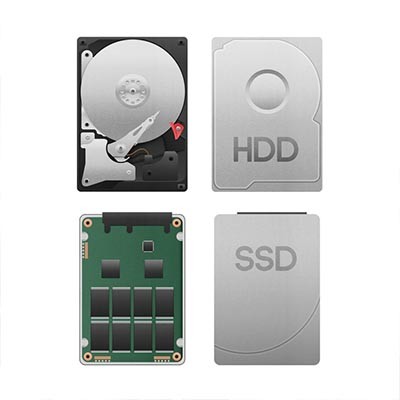ImageSys LLC Blog
Productivity is a huge priority in today’s business world, and with today’s technology, it can be achieved at just about any time. However, with the way our brains are wired, staring at our screens late at night isn’t great for our capacity to sleep. However, there are a few settings that you can change to reduce these impacts. Here, we’ll give a few tips to help you do so.
We’ve reached part three of our guide to buying a new computer. As you’re comparison shopping, you’ll probably notice that there are a few options regarding their storage. This is true of most modern gadgets, like smartphones and tablets. iPhones can come with 64 GB (gigabytes) of storage, or you can invest in a model with 128 GB. However, when selecting a computer (desktop or laptop), its memory is especially important to its performance.
If you are looking to purchase a new desktop for your office or your home, you need to ask yourself several difficult questions to get the most bang for your buck. This is a five-part blog that will help you determine the right computer for the job. In this article, you’ll learn how to select the right CPU, or central processing unit.
If you’re viewing this page on a laptop right now, I have some bad news. Studies have indicated that the keyboard you’ve been typing on is actually dirtier than a toilet seat. Pretty gross, huh? However, the last thing you want to do is ruin your laptop as you clean it… that’s why we’re reviewing the process of safely cleaning it - starting from the screen and moving on from there.
This week for our Intro to Your Tech series, we’re going inside the heart of the computer. Random Access Memory, better known as RAM, is an important part of your computing experience. RAM is often cited as one of the main components listed when someone is looking to sell a computer, but what is it and what does it do?










